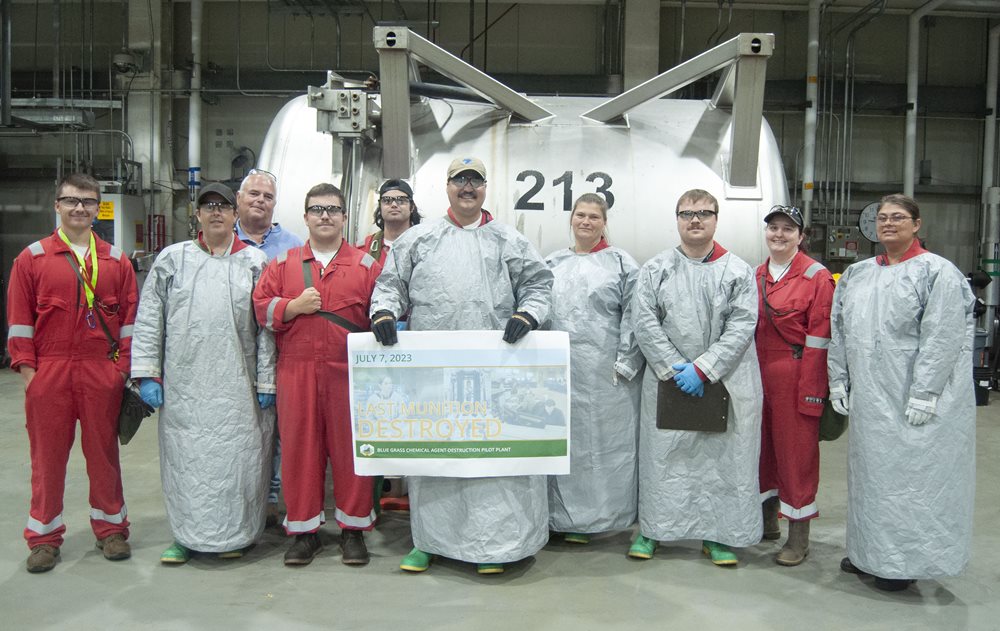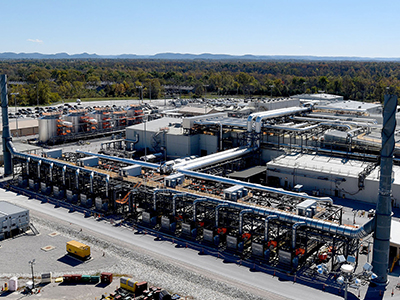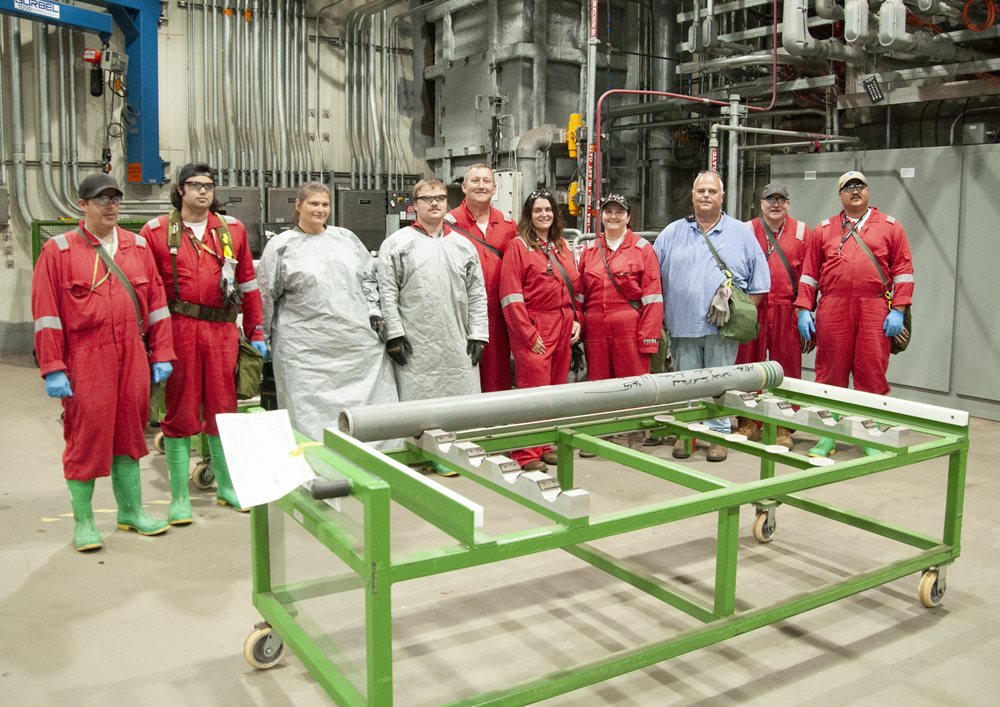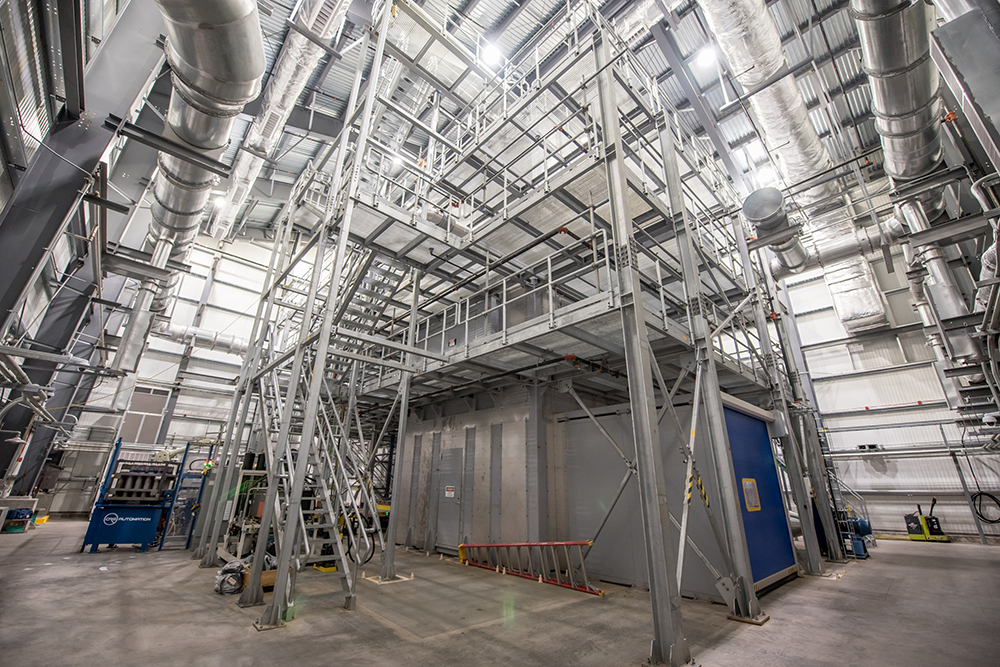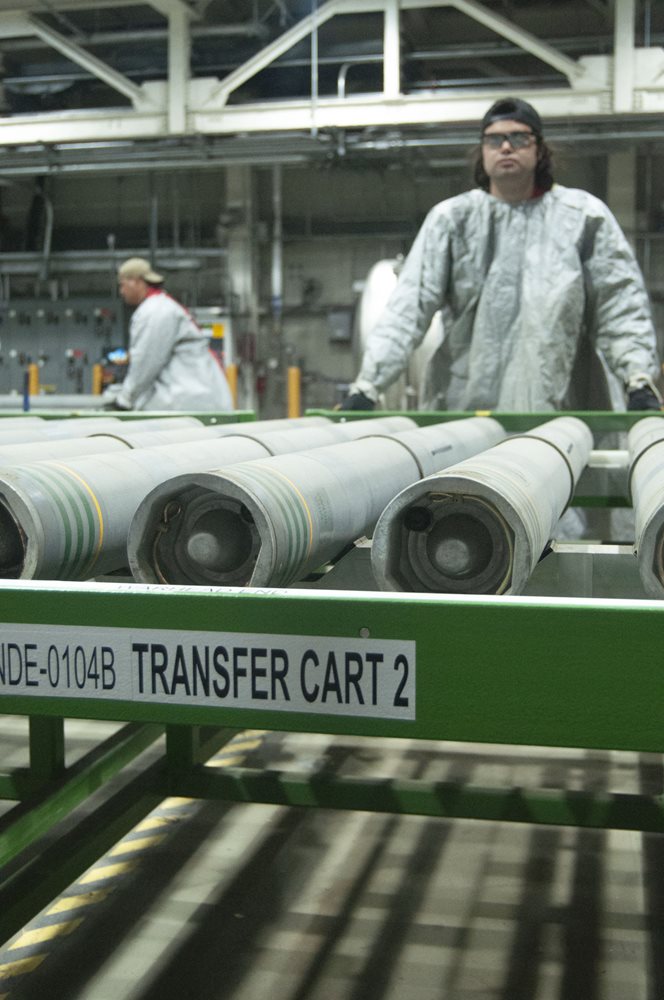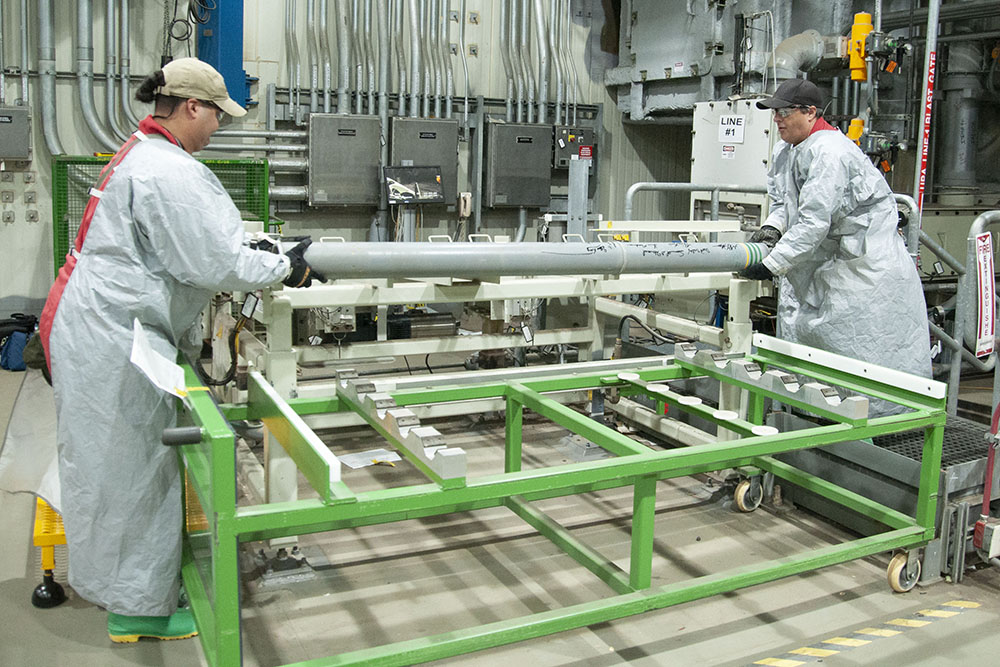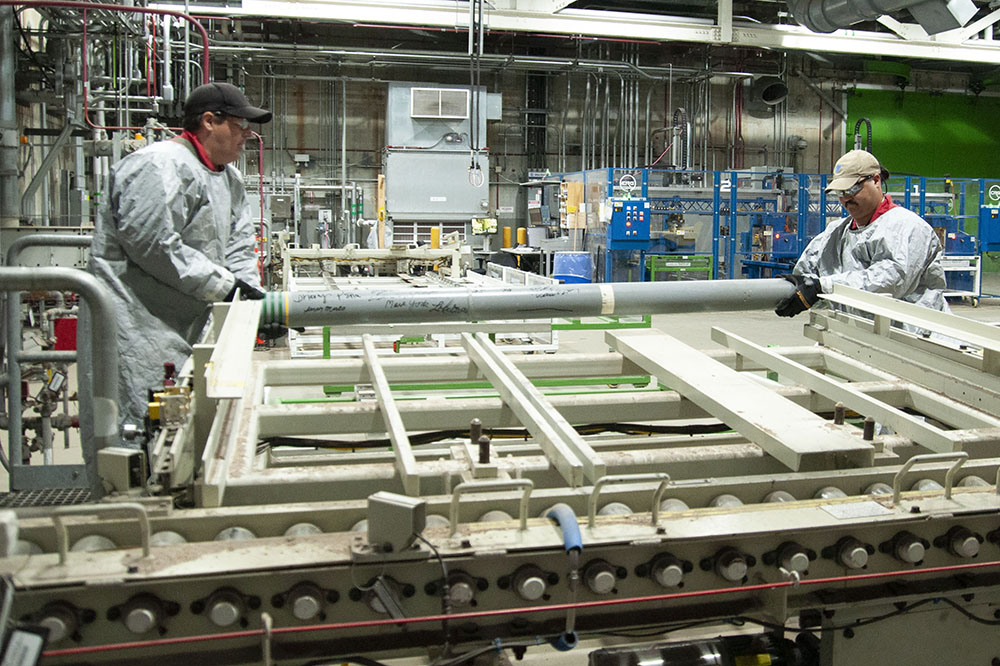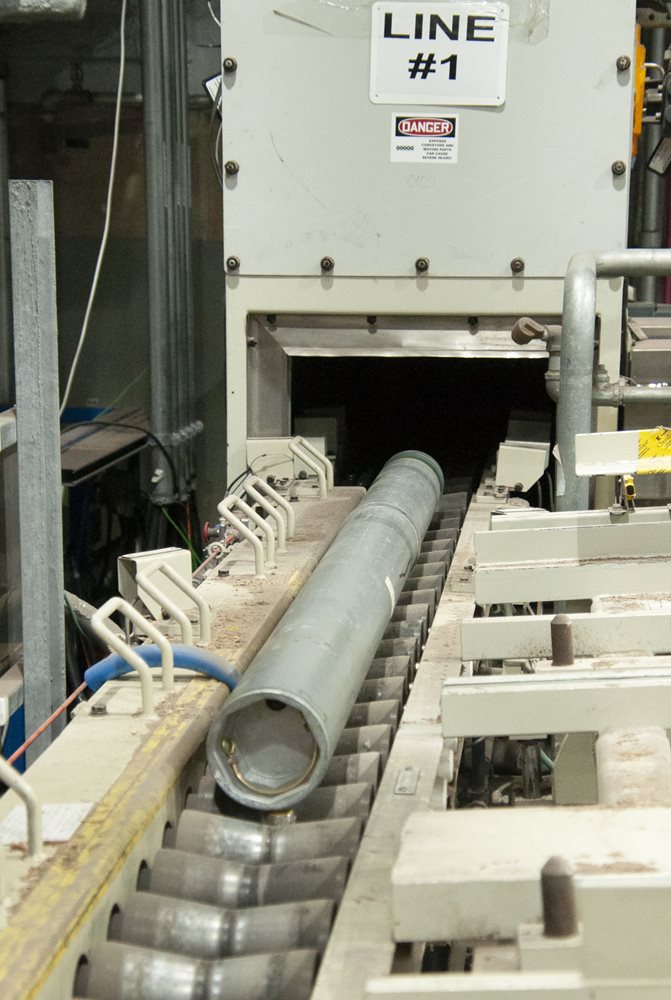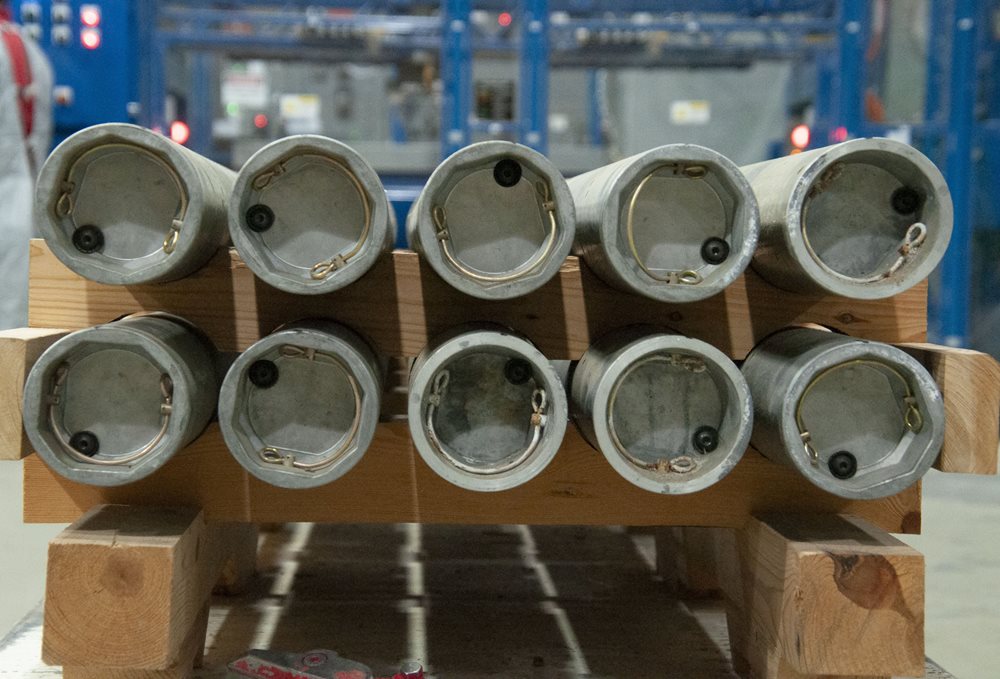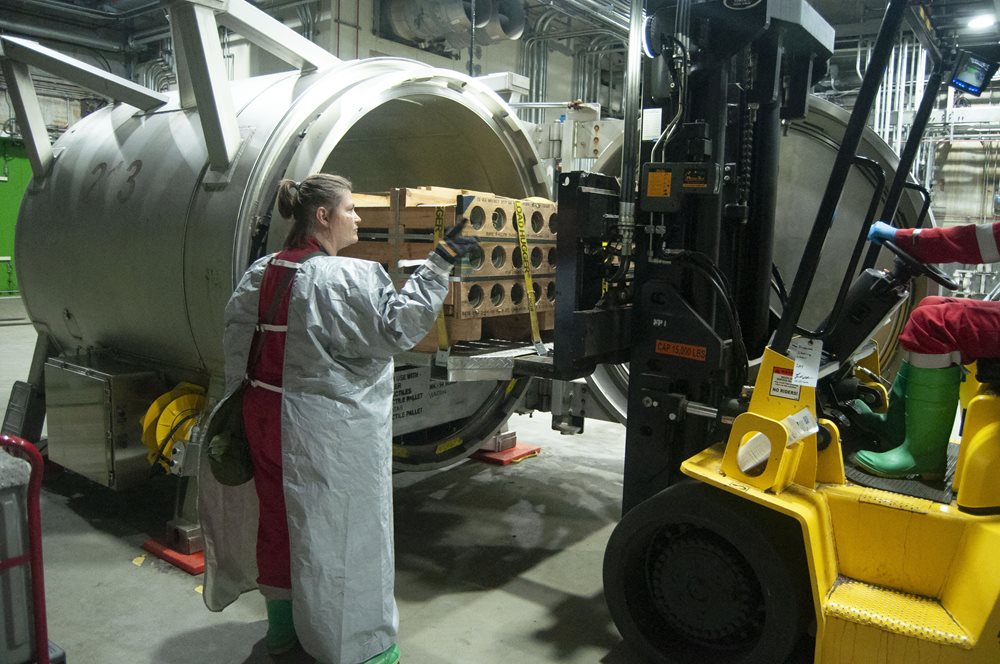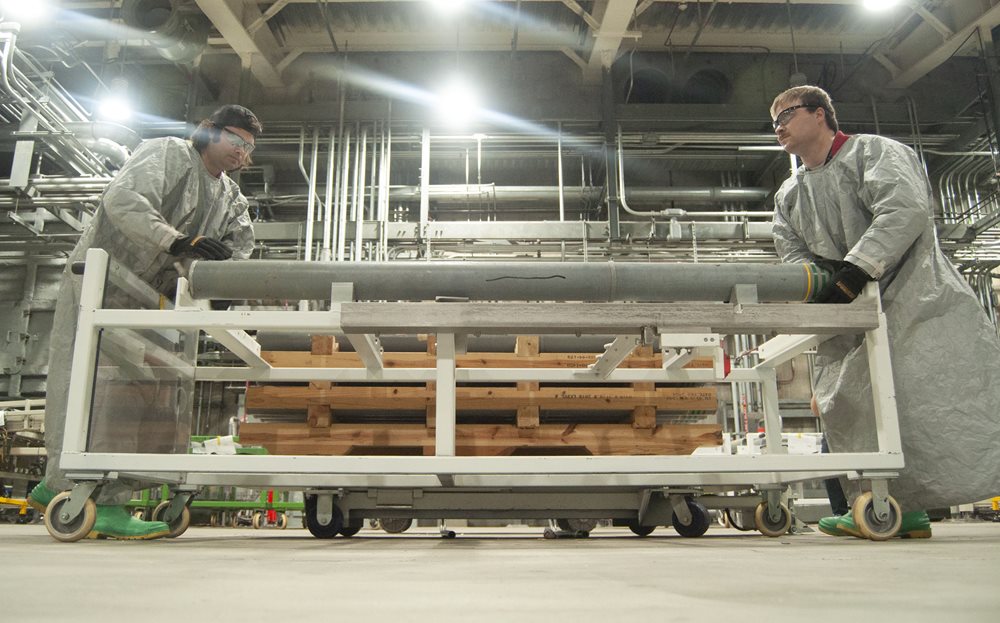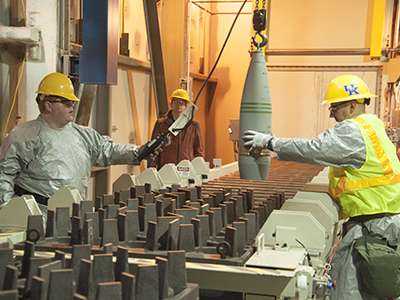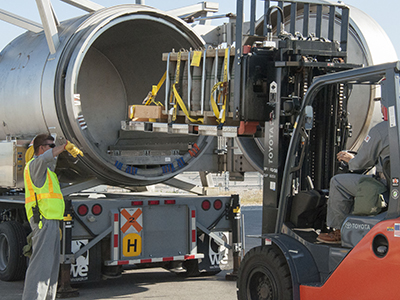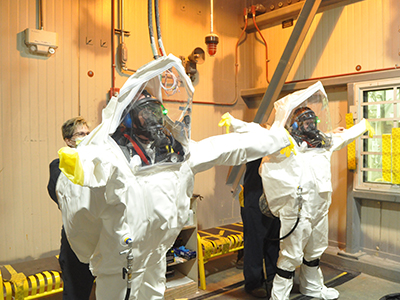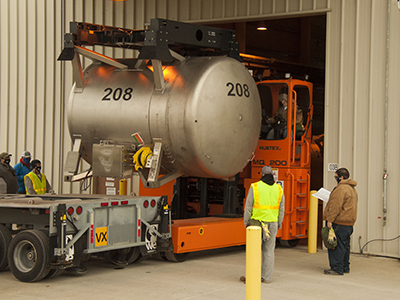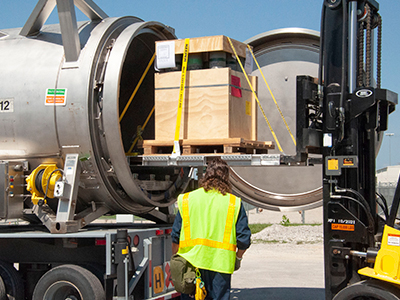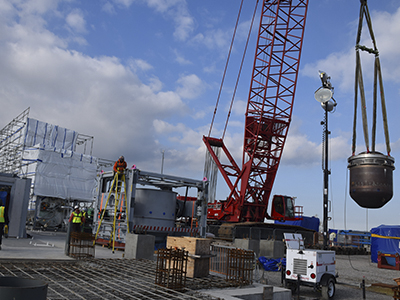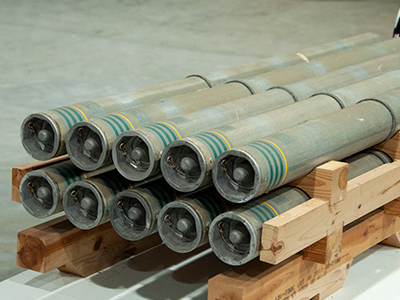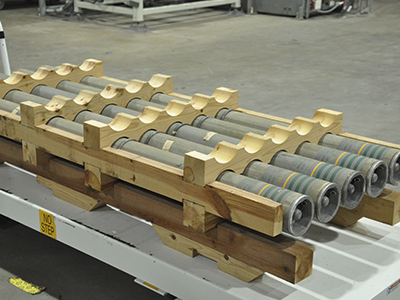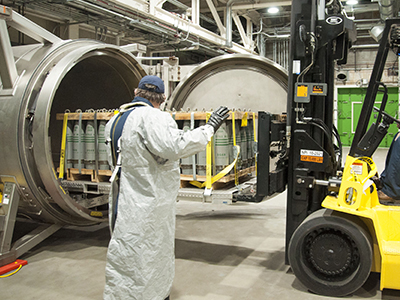Bechtel led the team that destroyed the chemical weapon stockpile at the Blue Grass Army Depot near Richmond, Kentucky.
In July of 2023, the United States met its obligations to the International Chemical Weapons Convention Treaty by destroying the remaining 523 tons of stockpiled munitions at the Blue Grass Army Depot in Richmond, Kentucky.
Though never used by the United States, chemical weapons were stockpiled by the U.S. Army at a number of sites during and after World War II. Bechtel was contracted by the Department of Defense, Program Executive Office, Assembled Chemical Weapons Alternatives, to design, build, test, and operate a first-of-a-kind plant that would destroy the nation's chemical weapons stockpile before September 2023.
Bechtel Parsons Blue Grass, a joint venture of Bechtel National and Parsons Government Services, destroyed more than 100,000 mustard agent and nerve agent-filled projectiles and rockets using neutralization and explosive destruction technologies. The Bechtel team brought expertise and innovation, and the final munition at the Blue Grass Army Depot was safely destroyed in July of 2023.
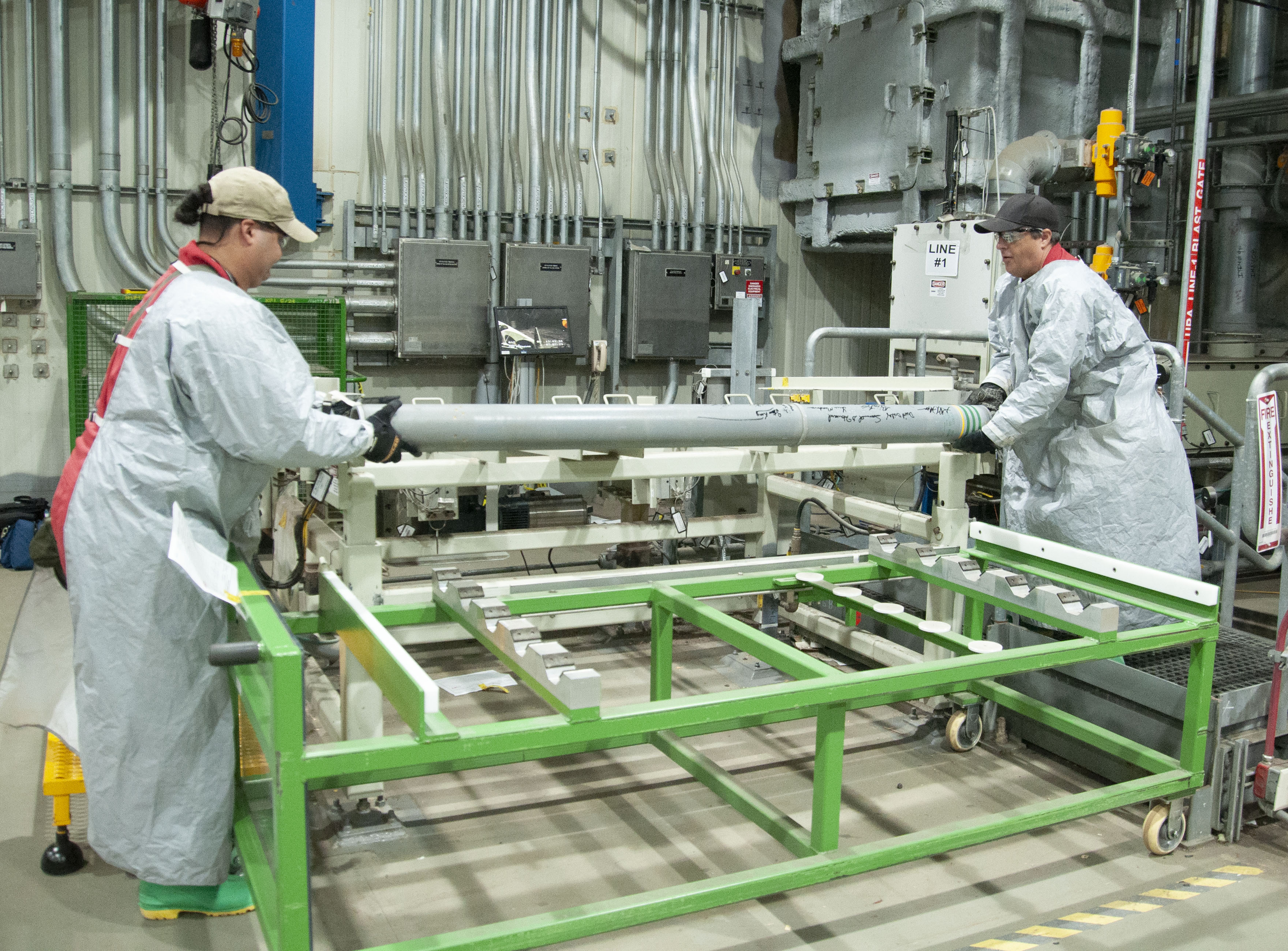
Two workers load the last rocket containing GB nerve agent to be destroyed onto a loading rack in the Blue Grass plant.
The Blue Grass Chemical Agent-Destruction Pilot Plant (BGCAPP) now turns its attention to closure, a multi-year effort in which areas of the plant that have come into contact with chemical agent will be decontaminated and the equipment dismantled. The disposition of the remainder of the plant will be determined by the Department of the Army, the Commonwealth of Kentucky, and Blue Grass Army Depot.


